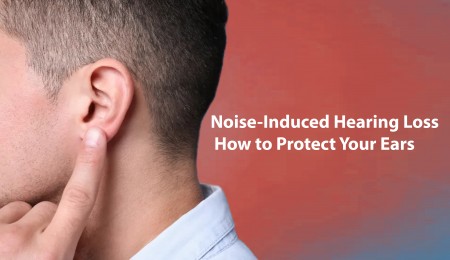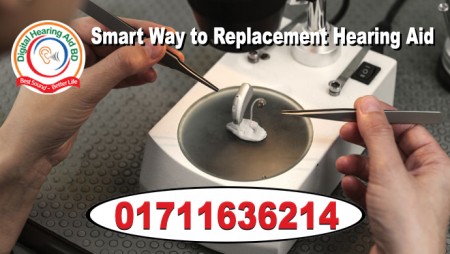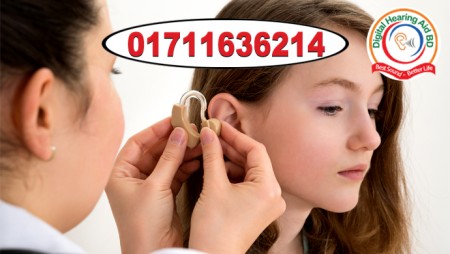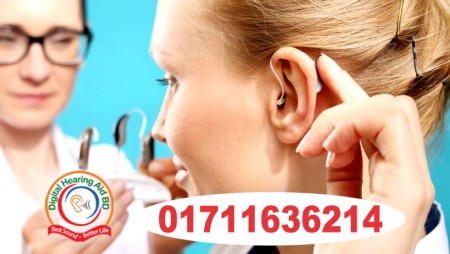
Where Can I Get a Free Hearing Test Done?
A hearing test is the first step to a better life. We take a look at why that all-important test is a must for you.
For those reaching a certain age, or even those in jobs where loud equipment and machinery is commonplace, hearing tests are a must. These medical tests provide insight and information into the condition of one of the most delicate parts of the body – the ear. As an area that’s more easily damaged than most, ensuring any damage or issues are found and resolved is vital for your well being. So when it comes to booking in that hearing test, whether as a regularly scheduled appointment or as a result of an injury, doing it sooner rather than later is ideal.
Read on to find out more about hearing tests, and find out more about exactly why they’re necessary for everyone:
What is a hearing test, and why might you need one?
As the name suggests, hearing tests are a form of medical testing that is typically carried out by audiologists or similar hearing care professionals. Standard hearing tests can be used as a regular form of check-up over the years, or they can be an emergency or reactive appointment to an issue with hearing. The nature of your hearing test can depend on many of these factors. Your health or any health issues you have influence what is tested as part of your hearing test.
Appointments for hearing tests can be made through a doctor specialized in ear, nose and throat issues, as well as through opticians or even pharmacists in some situations. An audiologist is a specialist in hearing and the ear, which makes them the top choice for medical hearing tests. You may need a hearing test if you’re struggling with problems inside your ear, or if you’re having trouble being able to hear things in day-to-day life. A medical professional will be able to confirm if you have any ongoing issues or permanent damage based on their testing.
What happens during a typical hearing test ?
During a standard hearing test, the audiologist or trained medical professional will aim to measure the sensitivity of your hearing through a range of different forms of speech. This involves sounds being played into your ear across a variety of different pitches and volumes, from very quiet to increasingly high levels. This is known as an audio-gram. Usually, audio-gram testing is done with the use of headphones, and you will be required to respond to each noise – typically by pressing a button – so the audiologist knows if you can hear that particular sound.
Before any testing is conducted, in most cases, your doctor will take the time to get a history of hearing from you, as well as checking inside your ears before completing the audiogram test. Typically, audiograms are performed on each ear independently to get the most accurate results possible. Depending on the specific results of your audio-gram, further testing may then be required to ascertain the extent of your hearing loss or issues.
Where can I get a good, free hearing test?
For those worried about the inconvenience of hearing tests, we offer a free online hearing test as a first indicator. However, for those experiencing hearing issues or struggling with problems in the ears, seeing a hearing care professional should always be the next step. While our free online test provides insight and a degree of accuracy, speaking to a medical professional will give you the best results.
Hearing tests can also be carried out in pharmacies and opticians, as well as in hearing care professional stores. The first step should be to speak to your doctor to discuss whether your hearing is a serious issue or a natural result of aging or the type of work you do.
Reading the results of a formal hearing test :
Hearing tests are typically designed to be read by a trained professional, similar to eye tests, and as such, provide insight into the condition of your hearing in a test situation. These results are useful when it comes to choosing hearing aids or figuring out solutions for your hearing.
Audio-grams measure the volume and pitch of the sound you can hear within a specific range, measured in decibels and hertz. This information is typically charted on a graph, with the complete audio-gram showing the range in which that individual can hear. The measurement of decibels usually helps us understand how extreme hearing loss is, with hearing up to 25 decibels classified as normal.
Any of the results below suggest some form of hearing loss, increasing in intensity from mild to profound:
– Mild: 26-40 dB
– Moderate: 41-55 dB
– Severe: 56-70 dB >
– Very Severe: 71-90dB
– Profound: 91-11 dB







